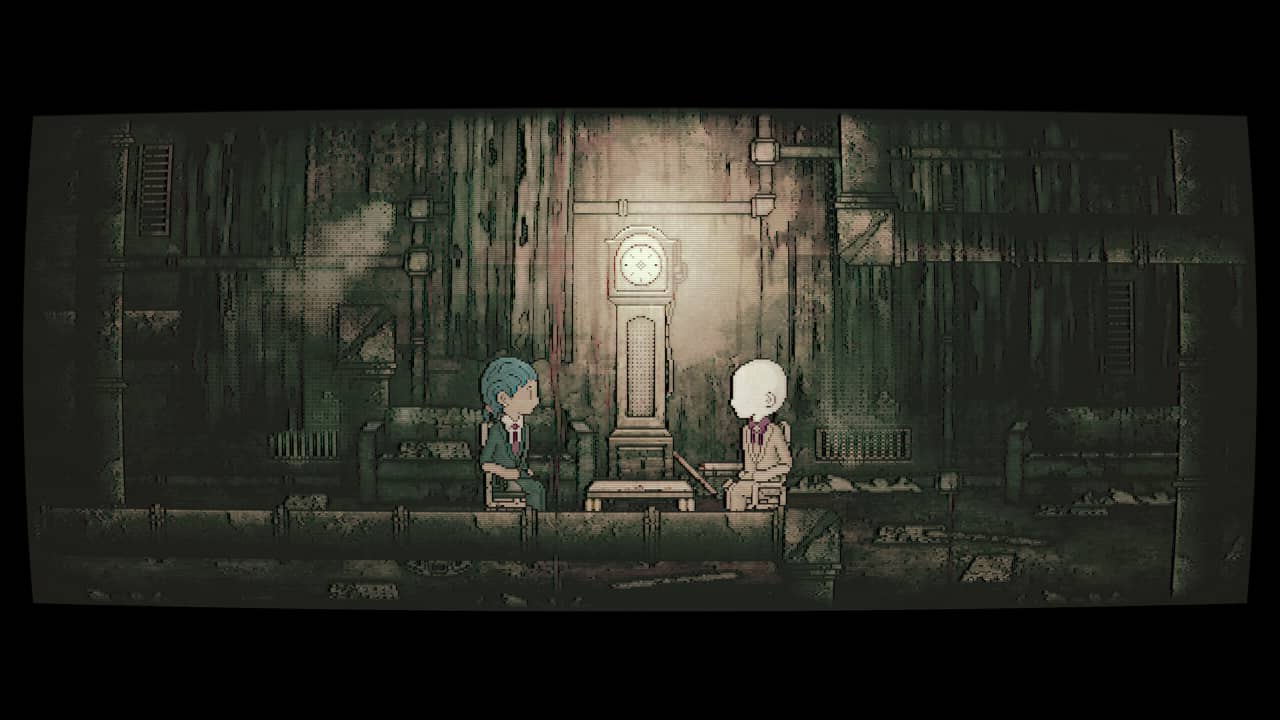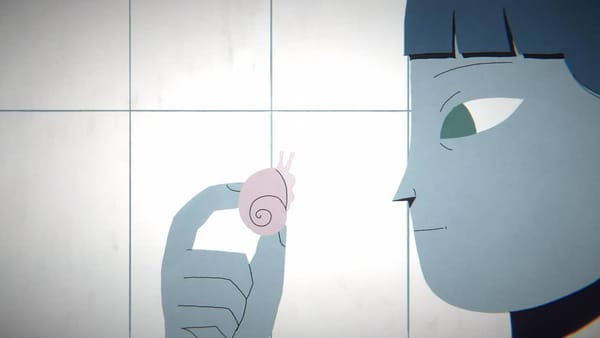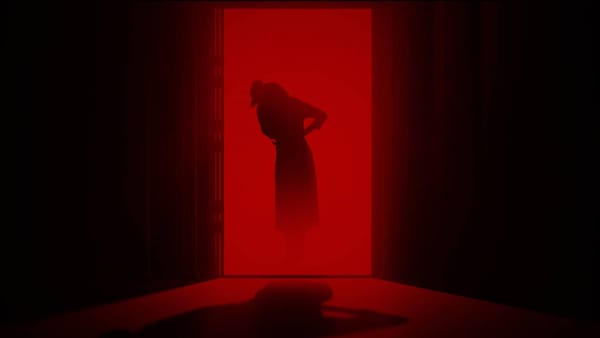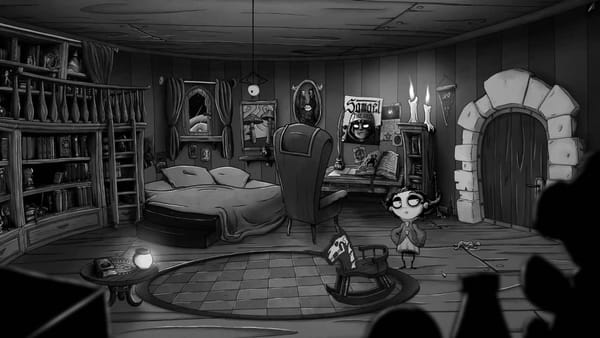Afterdream is Jesse Makkonen’s best game yet. Creator of Distraint and its sequel, this psychological horror embraces similar themes from Jesse’s previous works, specifically mortality.
Once again, we enter a lucid dream (or nightmare) world where we question what is “reality” and what has been concocted from fragmented memories. The story is thought-provoking, and like the aforementioned Distraint 2, it begs for an unrestrained playthrough.
The visuals in Afterdream are an evolution of the earlier titles, and the handcrafted level design, UI and variety of puzzles blend better than cookies and cream. It tastes better, too. Wait a minute…
An apt choice for Feardemic, who are on publishing duties, the ambience in this side-scroller is spot-on and creates a fair amount of tension in the ‘absence creates presence mould’. Sure, there could have been a few more scary bits, but overall, it’s a terrific experience.
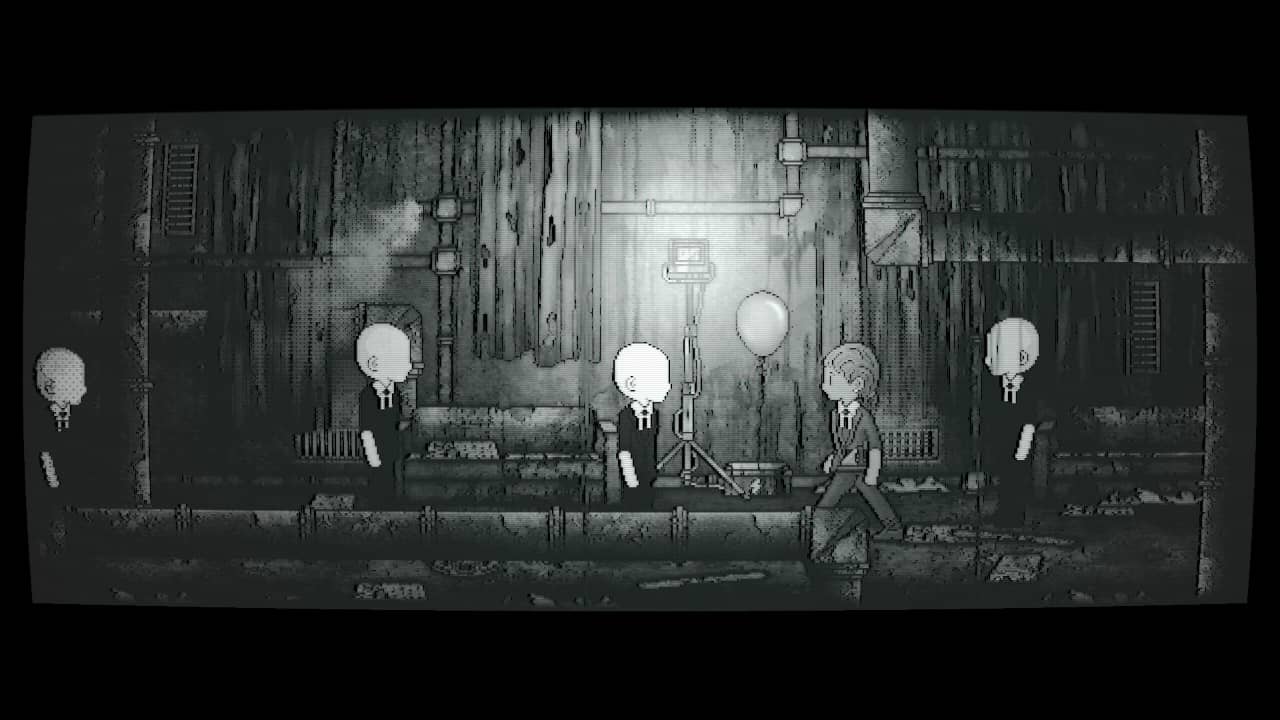
The Achilles heel, however, was the difficulty of puzzles. While some could argue that I’m a genius (do let me know who said that, and I’ll ping them some dosh), I have to say that the challenge here was minimal. It’s rare to go through this type of game so quickly. Does that mean the logical elements flow or border on too simple? Regardless, they’re enjoyable, but there weren’t enough to perplex me.
Typically, you’ll explore each room or corridor; anything interactive will appear on the screen. A default action will show, but tap down on the d-pad, and anything within your inventory can be used with it. This works great and saves fannying about with a cursor as you would in a traditional point and click.
Not all items are in plain sight, and Afterdream’s USP is the camera feature. Early in the story, a character awards you a camera that is available at any point (yay, no cooldowns or batteries required!) and with the on-screen cursor, it’s possible to see elements that can’t be seen with the naked eye.
Doors will open, objects will become malleable, and secrets will be uncovered. Another feature of the camera is the flash. This will light up dark areas and charge specific points with energy. There was a missed opportunity with the flash mechanic, as it would have been nice to fill my pants once or twice with a jump scare.
Still, Afterdream is a decent story, and dare I keep bringing up Distraint, it has that same appeal that makes you want to dive deep into the dream and hold onto it for as long as possible. It’s the same as actual lucid dreams, right? In short, this is the best game yet from the developer and one to add to your list.


